How much do AWS certified welders make?

How much do AWS certified welders make? Think welding doesn’t pay? Think again. AWS-certified welders can earn from $45,000 to over $120,000 per year, depending on experience, specialty, and job location—with elite certifications pushing earnings even higher. Let’s break down what certification pays the most, and how to reach top-tier welding salaries. What welding certificate […]
What does aga stand for in welding?
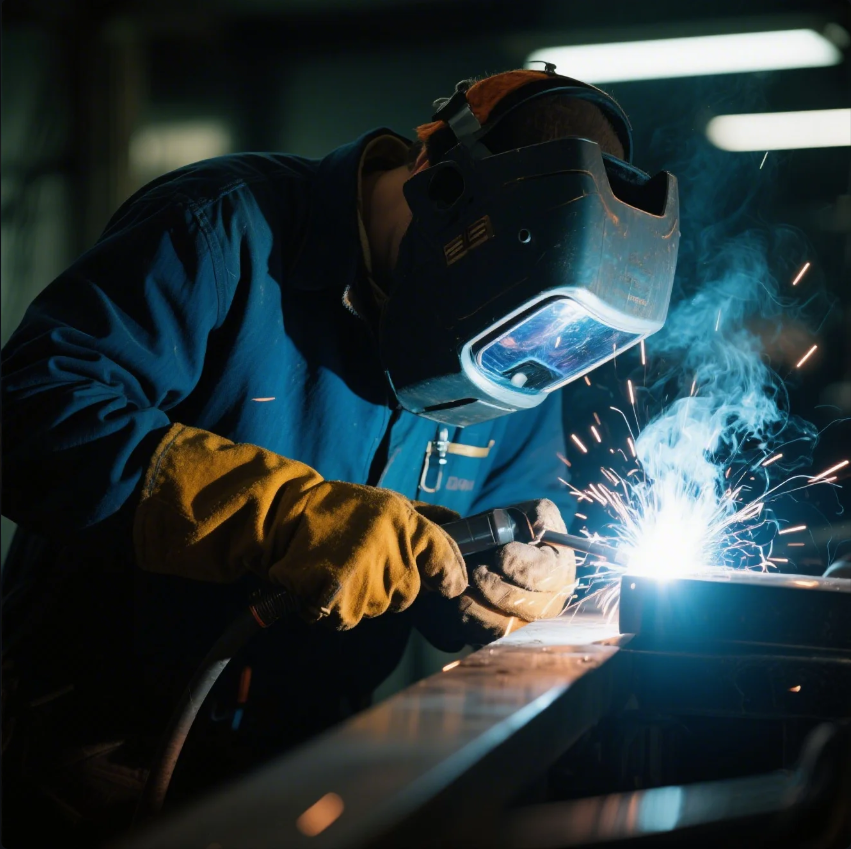
What does AGA stand for in welding? AGA might sound like a gas company—but in welding, it has a deeper industry connection. AGA stands for the American Gas Association, a key organization involved in standardizing practices for gas utilities, including welding procedures used in gas pipelines and distribution systems. Let’s see how AGA connects to […]
What does AWS mean in welding?
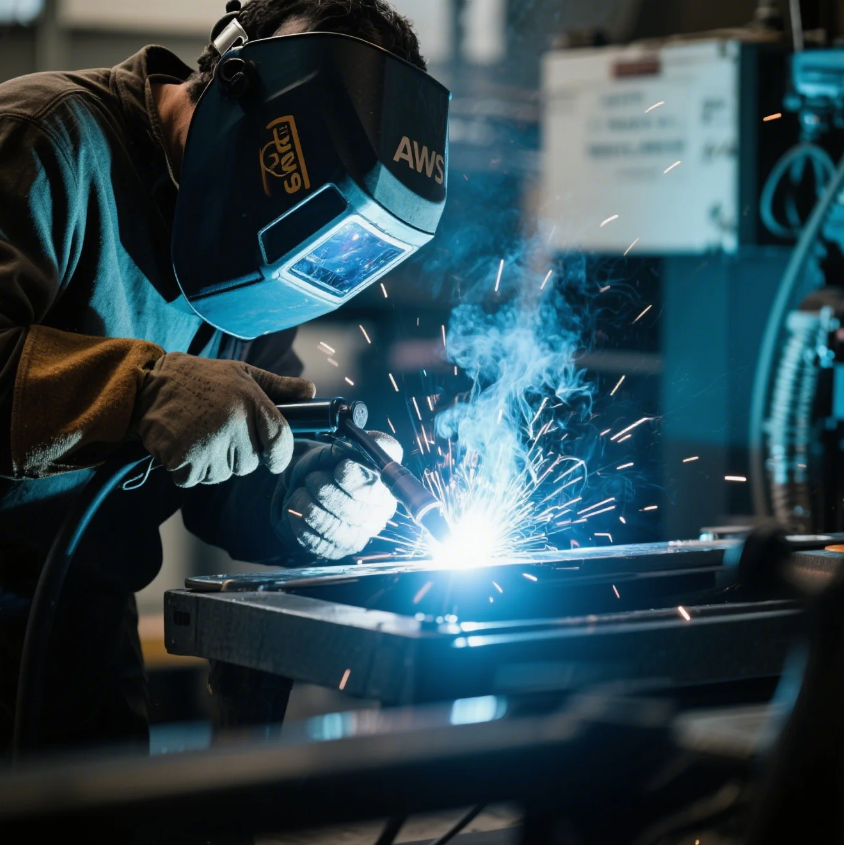
What does AWS mean in welding? Welding codes and certifications start with three letters: AWS. AWS stands for the American Welding Society, the organization that sets industry standards, procedures, and certifications for welders, materials, and processes worldwide. Let’s explore what AWS does, how it relates to certifications, and what those extra rod codes like “E7018-B2” […]
What does MIG stand for?
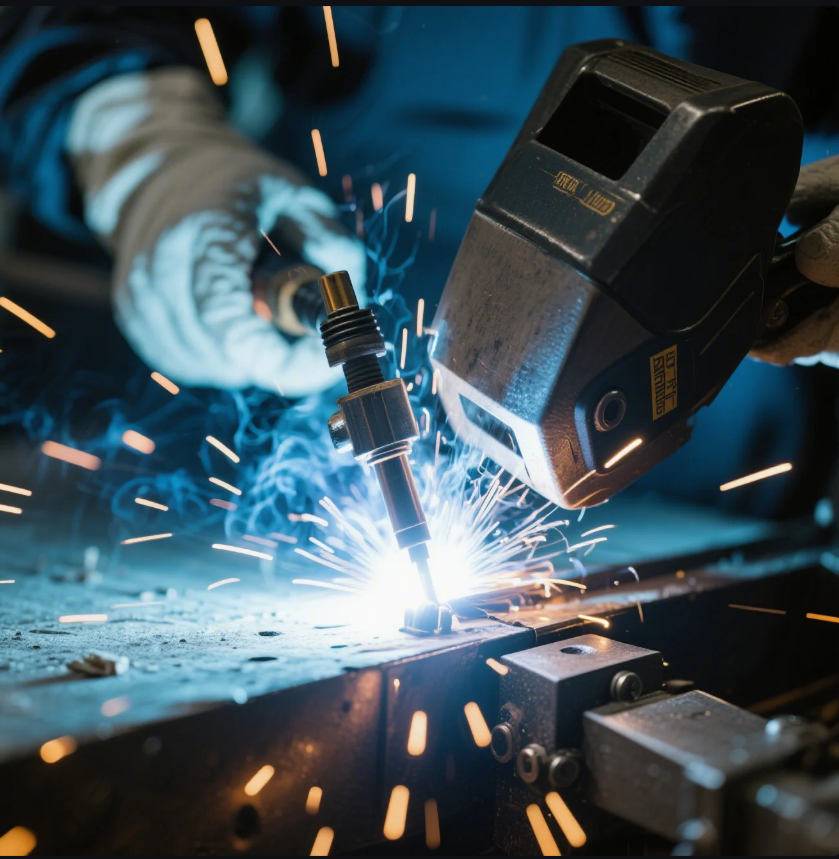
What does MIG stand for? MIG isn’t just a welding buzzword—it’s a complete process. MIG stands for “Metal Inert Gas” welding, a method where a continuous wire electrode feeds through a gun and joins metal using an inert shielding gas like argon. Let’s explore the meaning, how it compares to TIG, and why it matters […]
What does the e stand for on a welding rod?
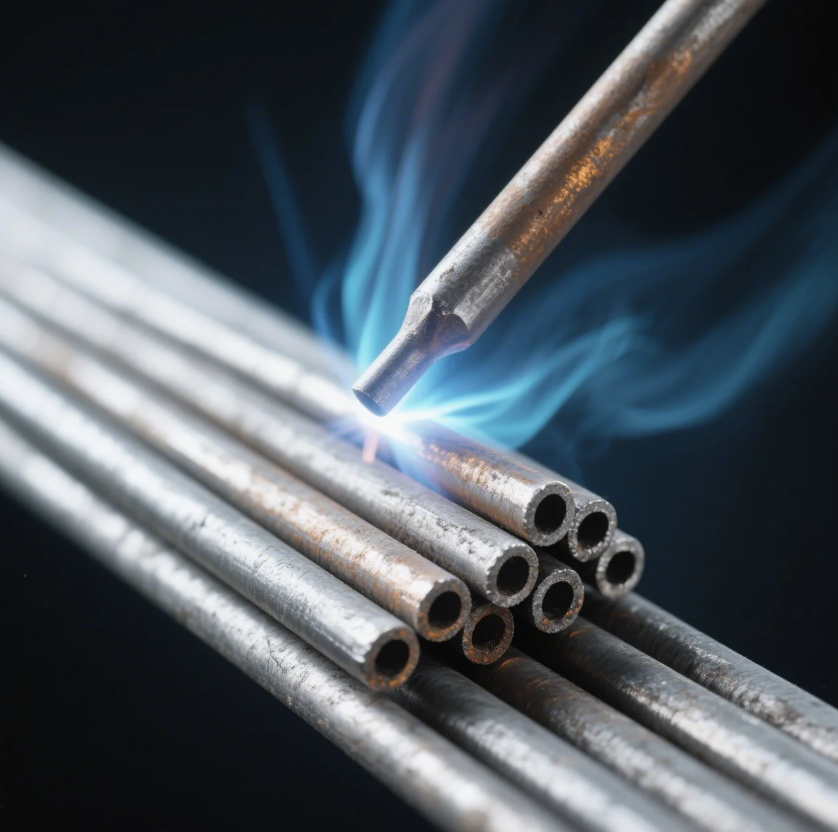
What does the E stand for on a welding rod? Every number on a welding rod has meaning—and it starts with “E.” The “E” in a welding rod stands for “Electrode”—indicating that the rod conducts electric current and melts to become filler metal during the weld. Let’s break down the full code and understand how […]
What does the last number on a welding rod mean?
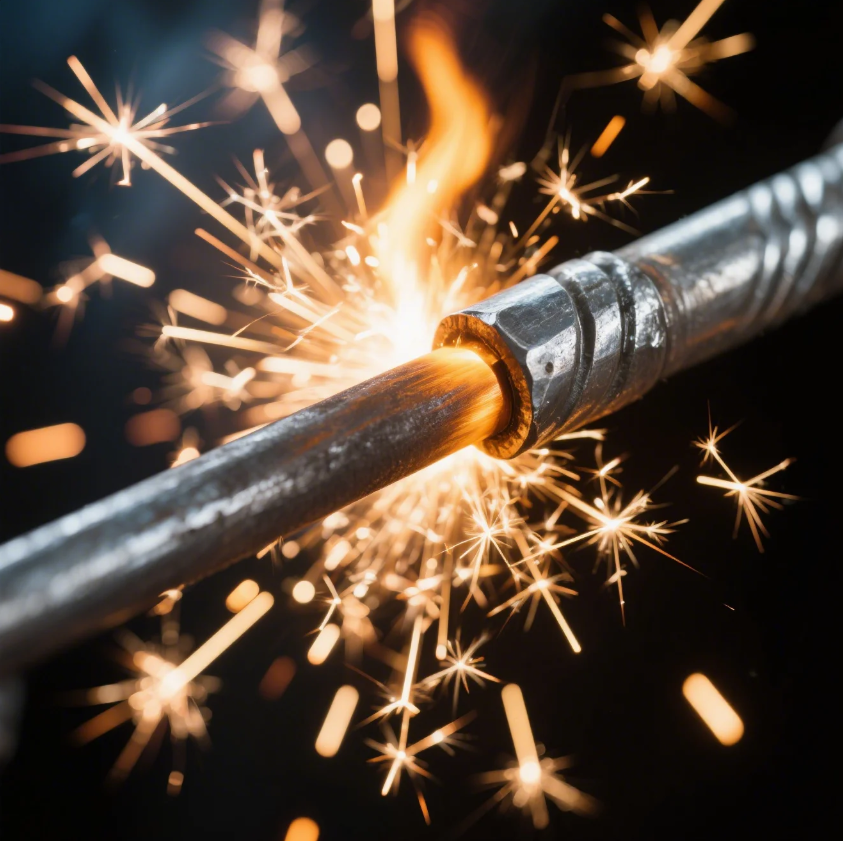
What Does the Last Number on a Welding Rod Mean? Table of Contents What Does the Last Number on a Rod Mean? What Does the Last Number in 7018 Mean? What Do the Codes Mean on Welding Rods? When to Use 7014 Welding Rod? FAQs About Welding Rod Numbers Conclusion Many buyers in industrial sectors […]
What is the difference between 7014 and 7018 welding rod?
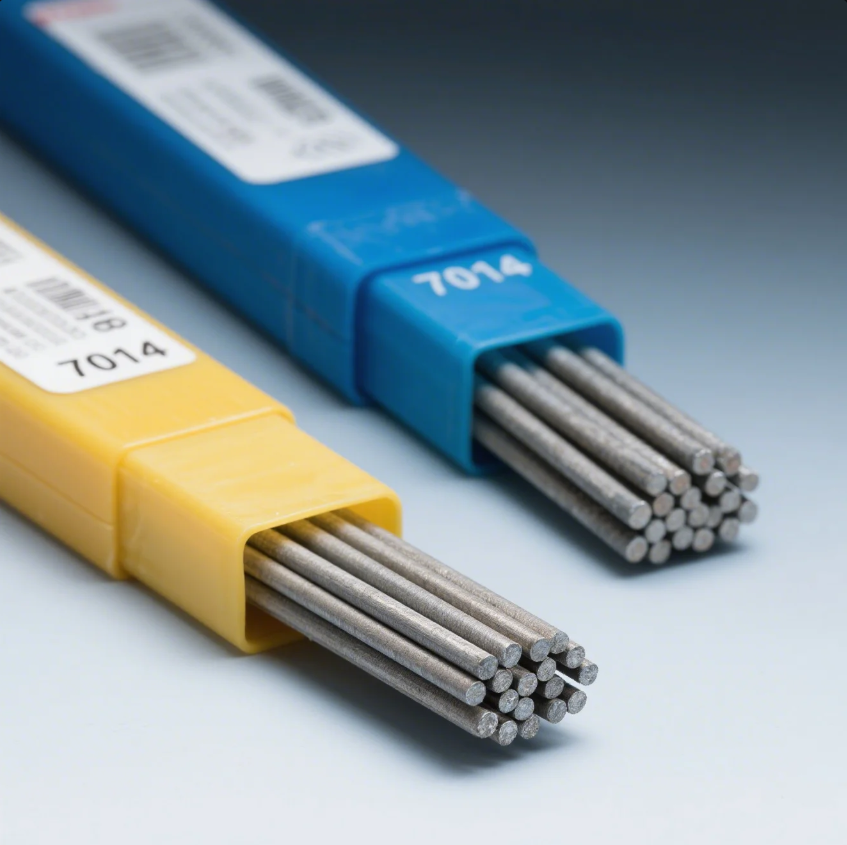
What is the Difference Between 7014 and 7018 Welding Rod? Choosing the wrong welding rod often results in weak welds, costly rework, and serious safety risks. The 7014 and 7018 welding rods differ significantly in ease of use, weld penetration, hydrogen levels, and ideal applications. While 7014 rods suit beginners and simple repairs, the 7018 […]
What welding rod do pipeliners use?
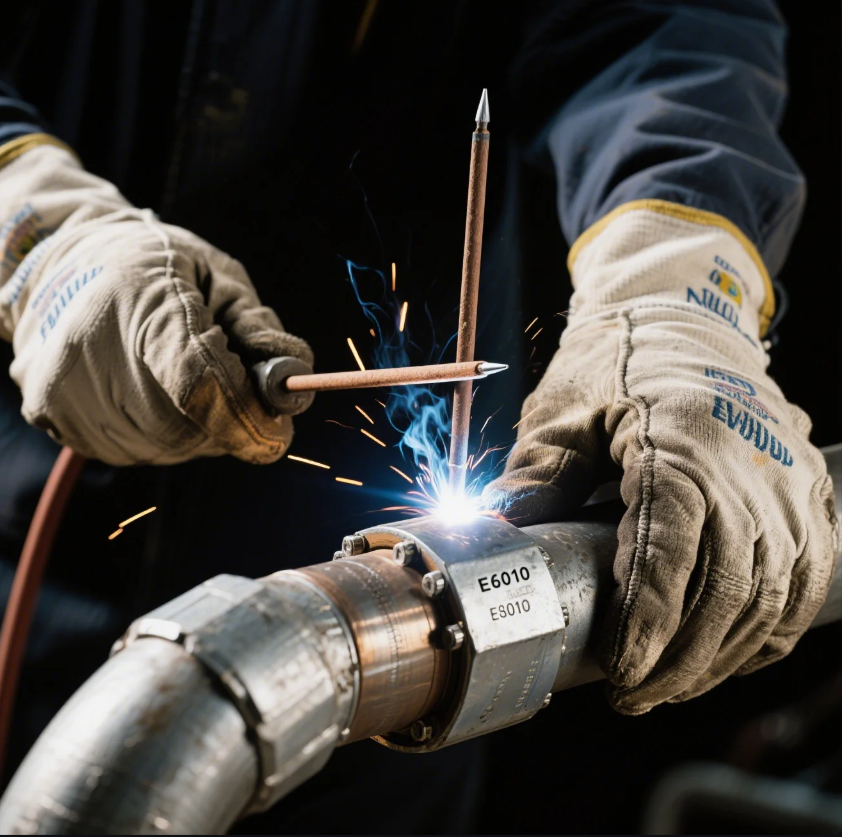
What welding rod do pipeliners use? Pipeline welds face pressure, inspection, and tough field conditions. Pipeliners commonly use E6010 or E7010 welding rods for root passes, due to their deep penetration, fast-freeze arc, and ability to handle open gaps in all positions. Let’s look at why these rods are trusted in the field—and how they […]
What is a farmer’s welding rod?
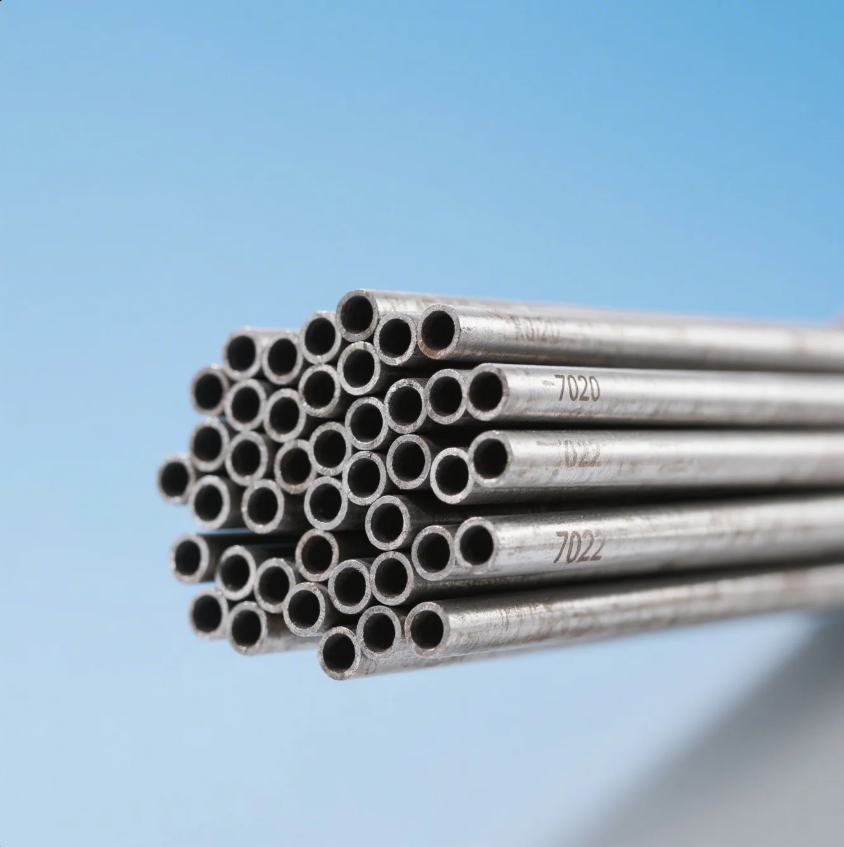
What is a farmer’s welding rod? Farm repairs don’t wait for clean steel or perfect prep. A farmer’s welding rod is typically the E6011—it’s reliable, deep-penetrating, and works on rusty, painted, or greasy steel using any basic welder. Let’s break down why E6011 is the go-to rod for rural work and how it compares to […]
How to keep a welding rod from sticking?
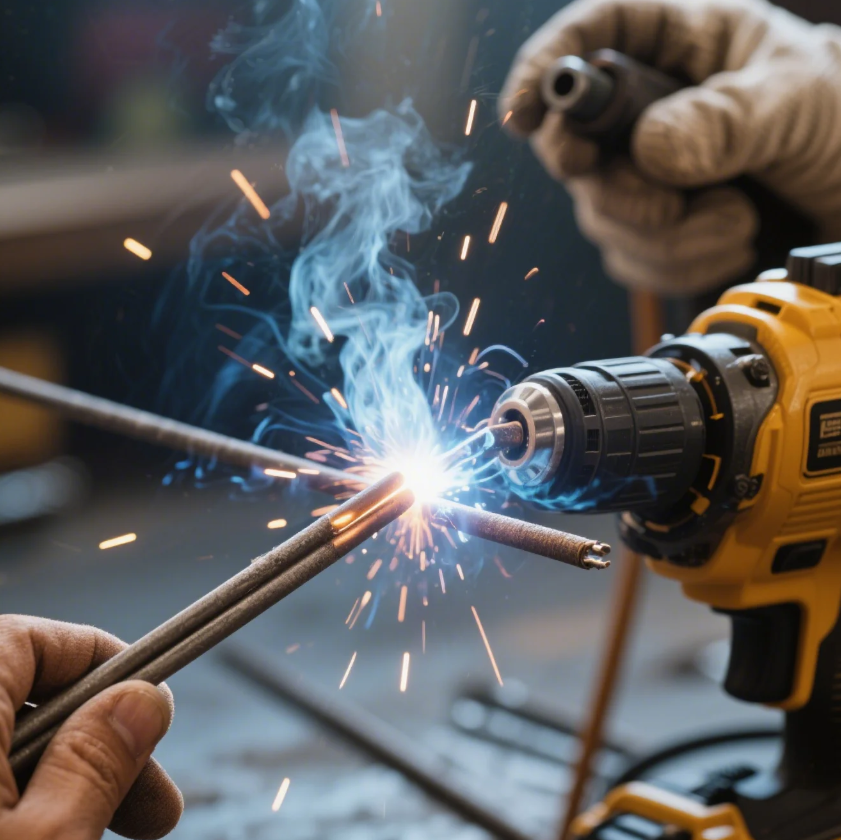
How to keep a welding rod from sticking? Sticking rods waste time, ruin welds, and break your rhythm. To keep a welding rod from sticking, use the correct amperage, maintain a short arc, and strike the arc cleanly—especially on dirty or cold steel. Let’s fix the root causes and give you smooth, uninterrupted welding every […]

